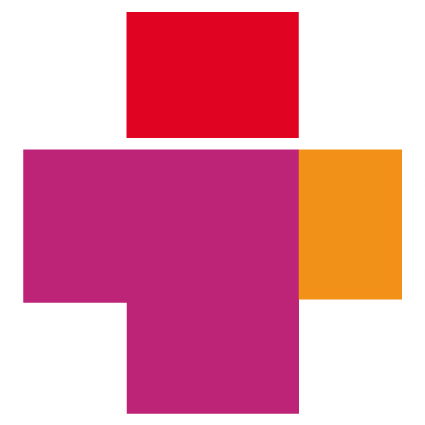In 2016 technology companies will NOT be able to throw around buzz words and get attention.
The past few years have seen more hype and promises than actual real honest results. The complex and diverse healthcare industry needs to improve technology. IT companies have been claiming they ALL have the answer.
The good thing about a market becoming saturated with hype is that people become better at discerning what is going to be of real value. Just because a technology company throws around a word like ‘patient engagement’ does not mean that they actually can provide that.
For 2016, we are going to find companies becoming more specific in how they are distinguishing themselves. How do they offer solutions for things such as ‘care coordination’ in ways that competitors do not? What specifically makes their solution something that is better than the rest.
In the coming year the success, for both technology companies and the industry they are to serve, will be found in the details of the technology. Clear, cost effective, results driven products will be the ones that will be taken seriously.
Remember what the Mp3 did to our music library?
Mp3’s revolutionized the music listening experience, they took large files and reduced them by over 90%, and you did not need much technical savvy to do so. Simple software programs could do it by drag & click. That is why the iPod became so popular in the 2000’s. You could hold your entire music library in the palm of your hands.
What does this have to do with the healthcare industry? Well, the time is coming where we are going to see more consumer-friendly healthcare technologies. Imagine solutions for healthcare that are friendly & usable. Vendors will be providing more solutions with the end user in mind. Instead of the past model where vendors have been designing for the intent of the buyer, they are now going to be thinking instead of the person at the end of the line who is going to use the product.
We only resist technology and change when it is clumsy, difficult, and does not make our lives easier. When the technology makes the end user life better, they will willingly embrace it. Clinicians, patients, payors, and administrators all have the same intent at the end of the day- what can make their jobs easier. Any solution that helps a physician carry out their work better is considered the right technology. Look forward in 2016 to solutions that cater to the end user.
Value-Based (Pay-by-Performance) payment models will continue to increase
Due to the 2018 deadline set forth by the Centers for Medicare & Medicaid Services, we will see more organizations making a move from fee-for-service to value-based payments (Pay-by-Performance) in 2016. The transition will require healthcare technologies to provide a solution that can help hospitals, care facilities, and doctors track and analyze their performance capabilities.
By comparison models and custom algorithms, healthcare organizations will be able to determine where to make adjustments. Enabling improved care, better management of risks, and successful outcomes. Expect to see technologies emerge that drive performance evaluation and increase the ability to compare statistics.
What happens between patient visits lies the greatest potential for improving outcomes
Currently, we are doing an excellent job of tracking and capturing in-person engagements. Electronic Medical Records have been putting to record the face-to-face interactions, but what about the time between visits? What is happening during this critical period? Where is the electronic resource for this?
Much of a patients' healing takes place at home, so we need for the communication to continue during this period. The health care plan is a 24 hr, seven days a week program. Having clear coordination and interactive interfaces during the time between visits will not only increase patients recovery rates but also enable the clinicians to gain knowledge through data insight. The information can give way to new learnings we currently are unable to see, and these learnings are a key to future wellness.
The in-between time of visits has tremendous potential for improving communication between patient and doctor. It also has the ability for collecting and analyzing useful data. Care Coordination Record or Care Management Record are some of the current terms being used to describe the management of this period. In 2016 expect to see more and more movement in this area. Being able to keep care teams on the same page throughout a patient's path to recovery is one of the many benefits to be found in this new area of growth.
Also, expect advancements in wearable monitoring devices, but even more importantly the software solutions to support capturing & analyzing the data. If there has been a missing link as to why we have not seen wide-scale implementation, it is because of the software lacking grand scale accessibility.
We at RHITC, along with our partners, have found a solution to the interoperability problem.
In 2016, we will be offering an answer that can push interoperability into the next phase. The IT solutions can communicate with the pre-existing systems, interacting both inside and outside the native languages of the existing system.
Rewards come when we expand the healthcare technology by creating something better than we currently have. Forward thinking is now more than ever the path to tomorrow. Let’s hope 2016 can be a good year in helping us all get to the destination of smarter, cleaner, healthcare technology. The future wellness of yourself loved ones, and children depend on it.




